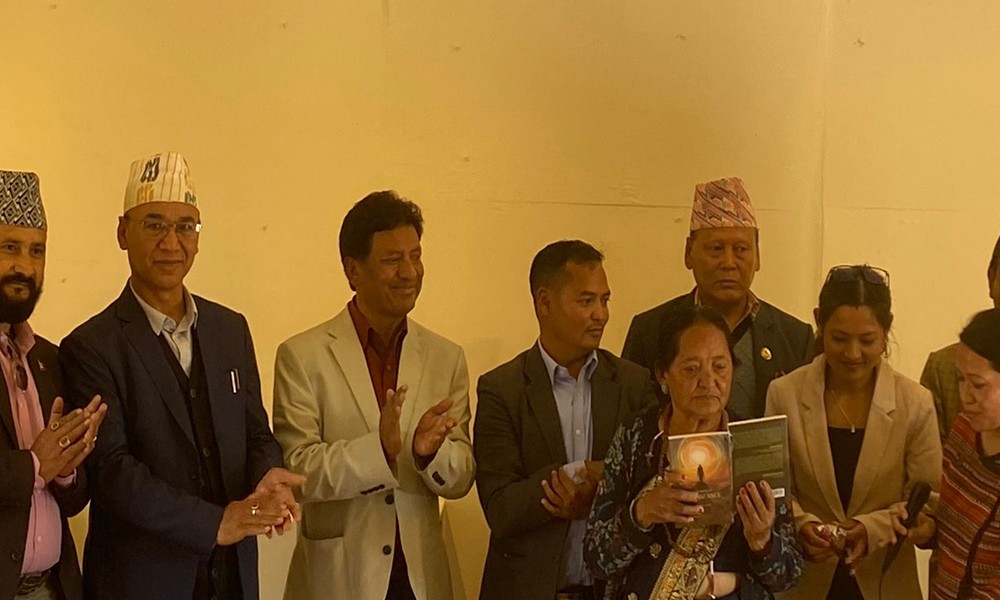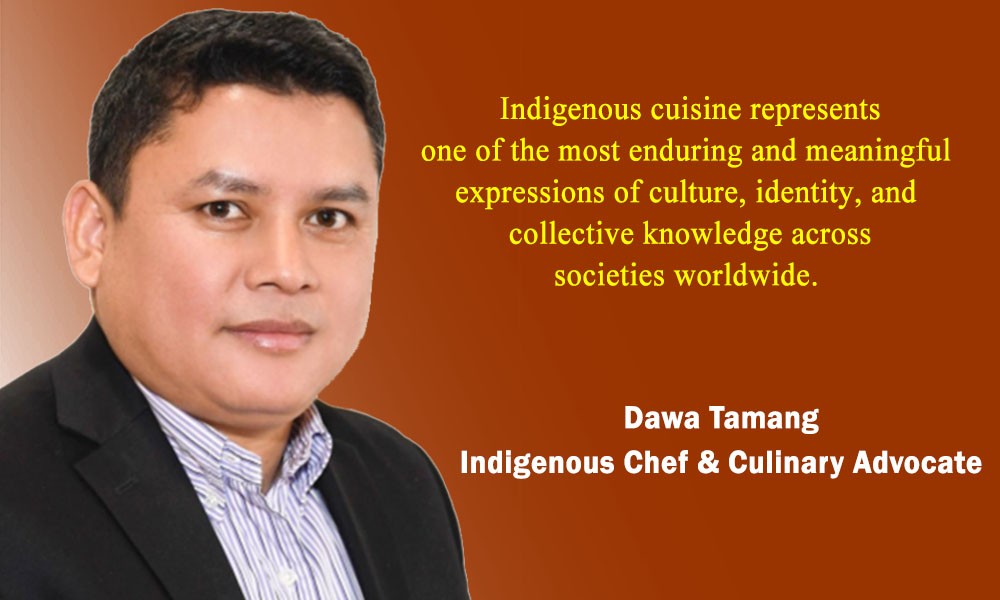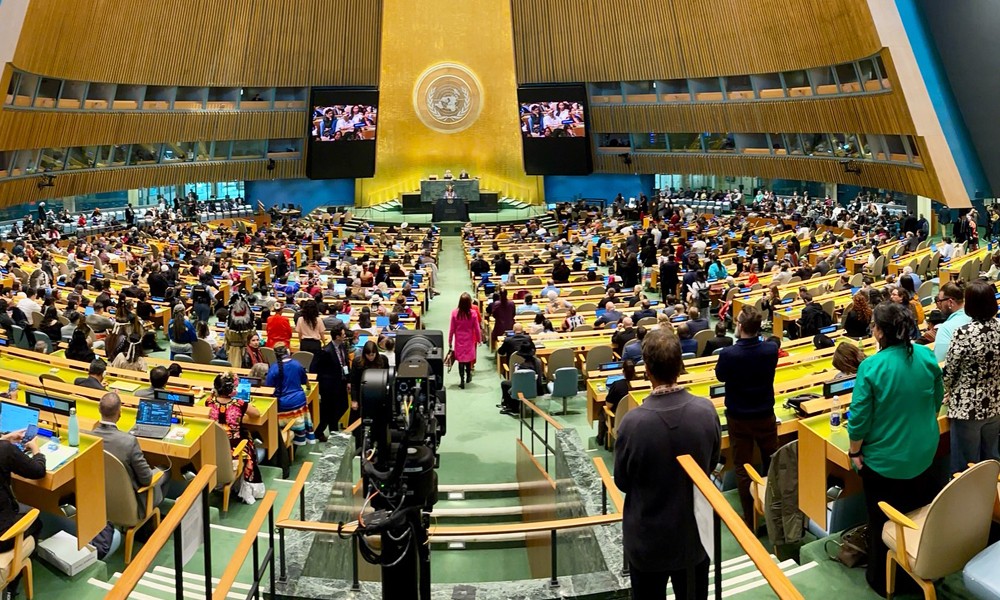Arjun Babu Mabohang
When ethnologist Brian Houghton Hodgson was the British resident (ambassador) for Nepal and India during the rule of the East Indian Company, he collected a vast amount of historical texts, scripts and documents from eastern Nepal and Sikkim. After the fall of the British Raj, Hodgson handed over his collection to the British Library in London.
In 1955, a researcher brought back to Nepal some of the Hodgson manuscripts, which were written in Sirijung script. He needed a translator, and sought the help of Iman Singh Chemjong, who was based in Ilam.
That was how Chemjong got hold of a valuable treasure: the 18th century Limbu scholar Te-Ongsi Sirijung Xin Thebe’s writings and teachings about Mundhum (an oral socio-cultural history).
In 1955, a researcher brought back to Nepal some of the Hodgson manuscripts, which were written in Sirijung script. He needed a translator, and sought the help of Iman Singh Chemjong, who was based in Ilam.That was how Chemjong got hold of a valuable treasure:
Chemjong also found Jobhan Singh Phago’s notes on how Rai (Khambu), Limbu and Yakkha fought the Gorkha empire. Those graphic and descriptive notes were useful for Chemjong to write the ethno-cultural history of eastern Nepal, with a focus on Limbuwan and Vijayapur.
Early in the 18th century, geographer Francis Buchanan-Hamilton, while working out of India, had traced the roots of the Limbu civilization to Vijayapur. Chemjong came up with historical evidence to claim that Vijaypur was indeed a Limbu kingdom. He also chronicled the Limbu kings who ruled Vijyapur circa 15th century.
Chemjong shed light on Kang Sore’s life and valour, making him an icon of Limbu sovereignty and resistance.
Today, Limbus are thrilled to learn the heroics of Kang Sore, a Limbu warrior who bravely led the Limbuwan’s resistance against the military invasion of the Gorkha kingdom. The Limbuwan army, Under Kang Sore’s command, forced the Gorkha platoons to retreat several times. But Kang Sore was killed in a battle either on the confluence of Arun and Sabhaya rivers or on the Chainpur-Dumja border. If it were not for Chemjong, Kang Sore would have never lived in the collective imagination of the Limbus. Chemjong shed light on Kang Sore’s life and valour, making him an icon of Limbu sovereignty and resistance.
Also, it was Chemjong who traced the roots of Te-Ongsi Sirijung Xin Thebe’s roots to Sinam, Taplejung. Chemjong transliterated Sirijung Xin’s letters, throwing lights on the political order and culture values of the Limbu society 400 years ago. No other scholars/historians, either from or within the Limbu community, would have ever been able to produce such a great historical-anthropological work.
Until his death, Chemjong studied and wrote about Limbu history, language, culture and literature.
Until his death, Chemjong studied and wrote about Limbu history, language, culture and literature. Despite converting to Christianity, he highlighted how important it was to understand and value Limbu culture and traditions. Chemjong also contributed to collecting, translating and interpreting Mundhum about the creation of the universe, but some of the characters, place-names and events in his Mundhum-narrative look imaginary. So, it is important to avoid believing blindly in his findings.
We need to respect him as the greatest ever historian of eastern Nepal, but we must not shy away from critiquing his works.









